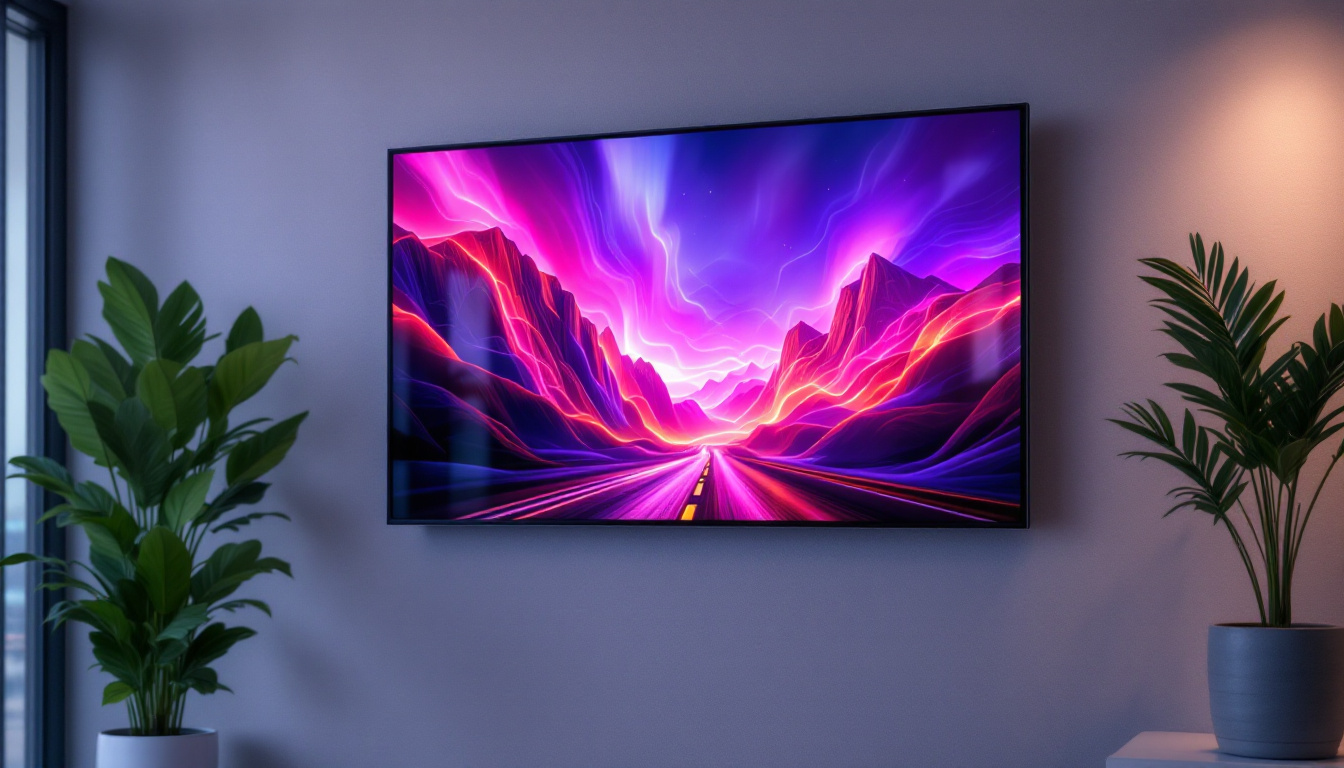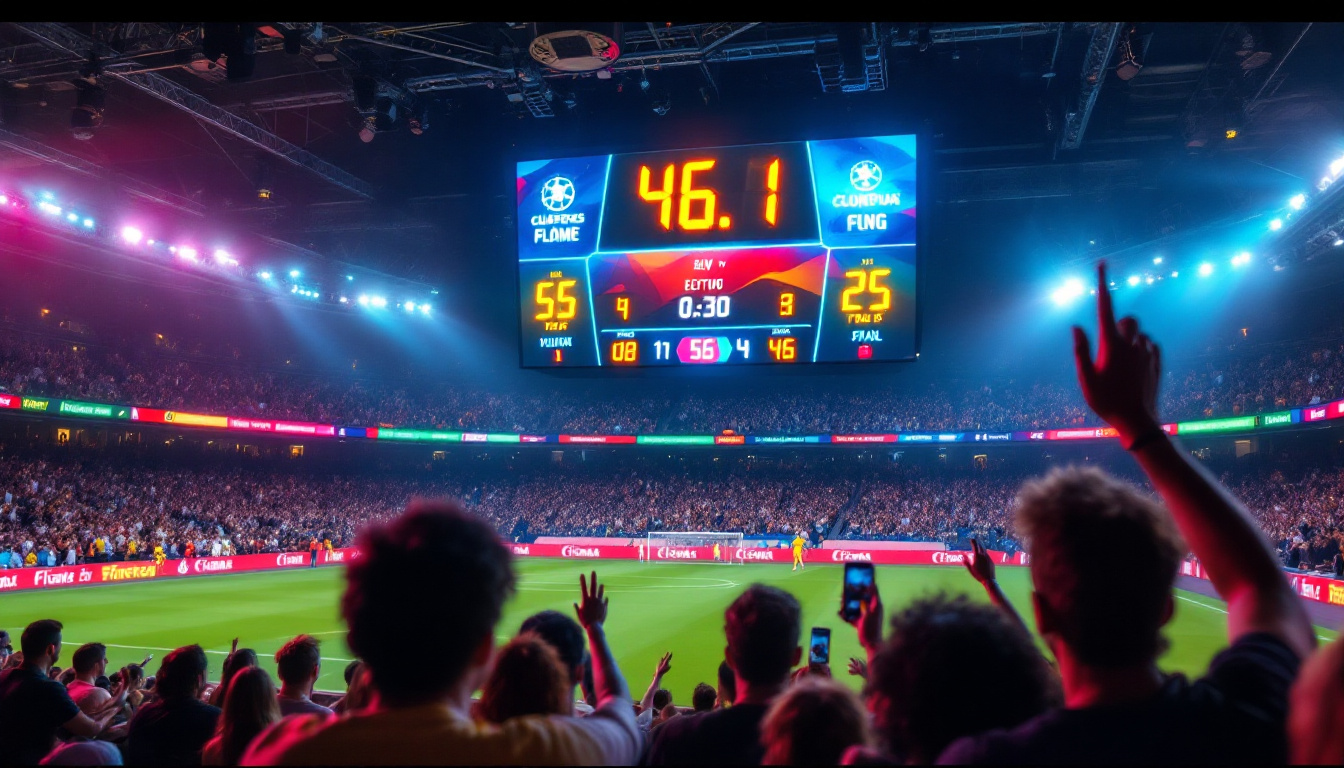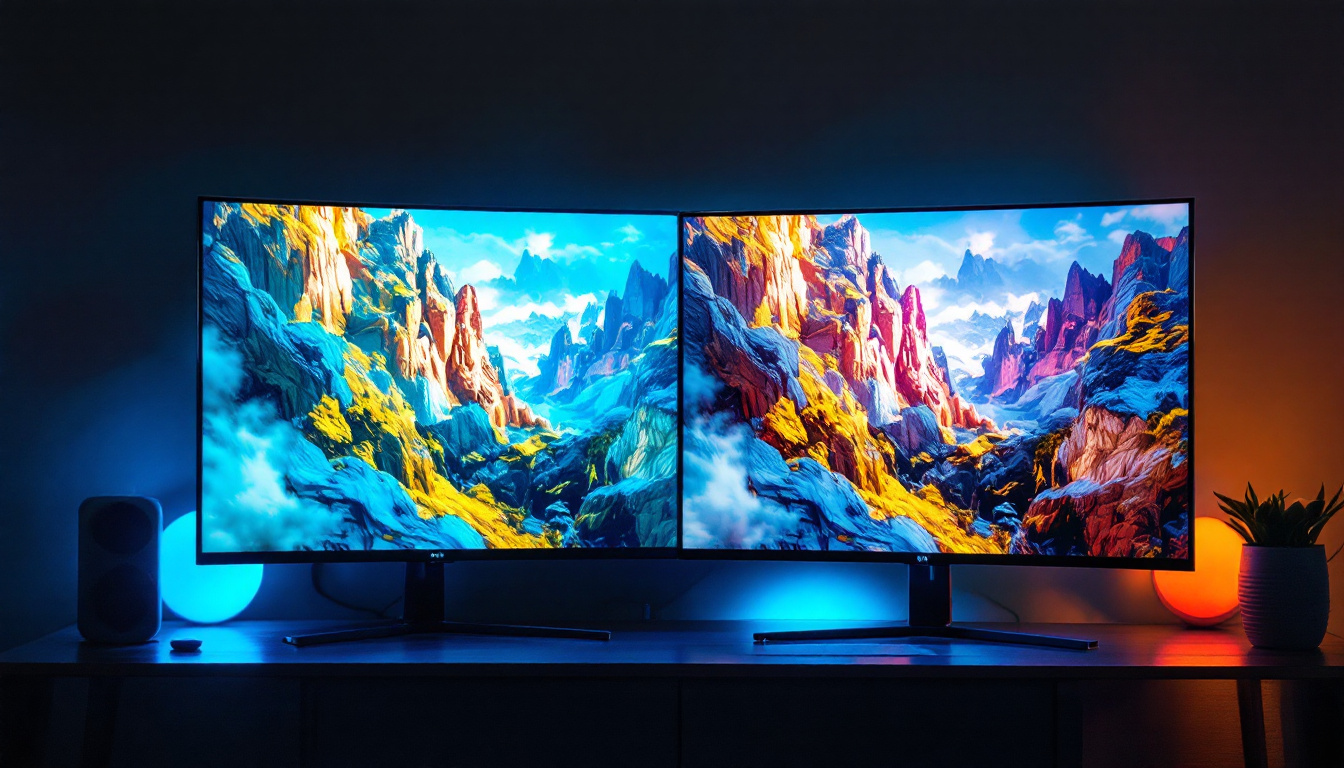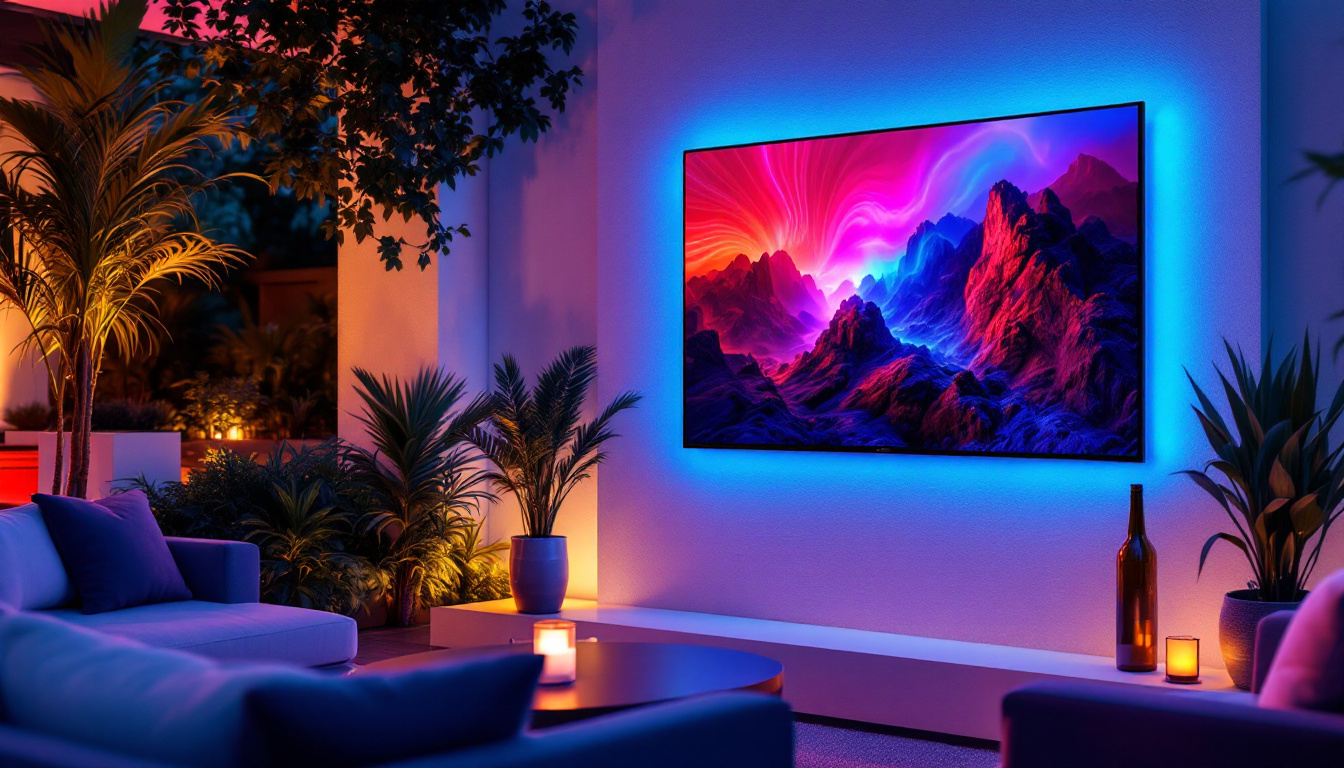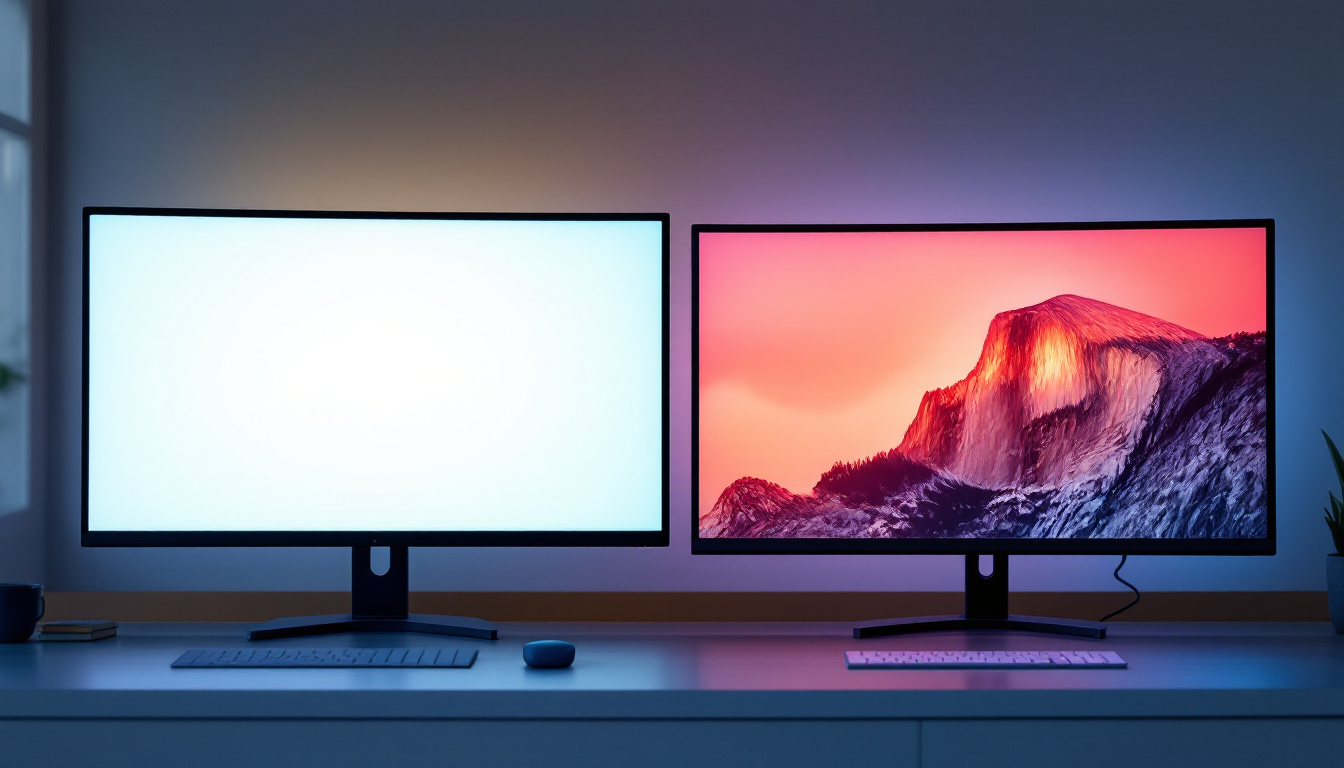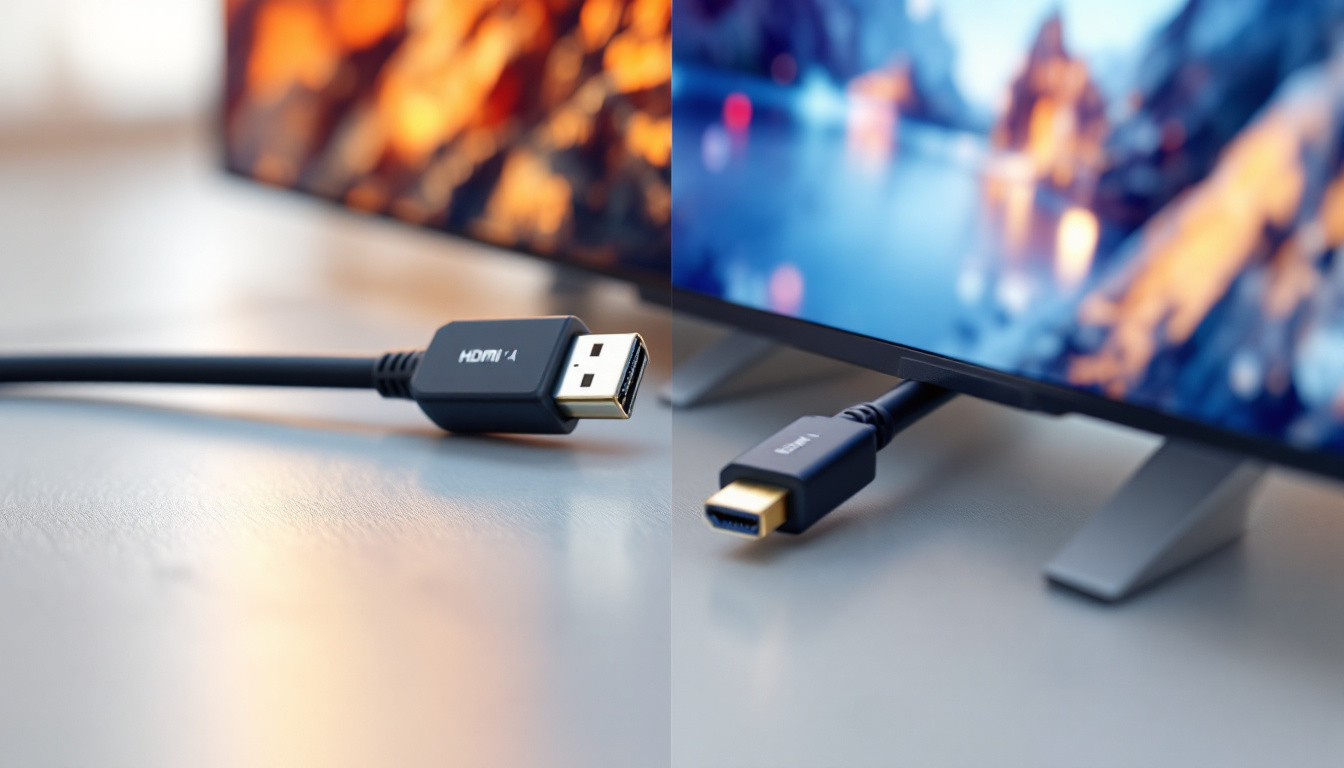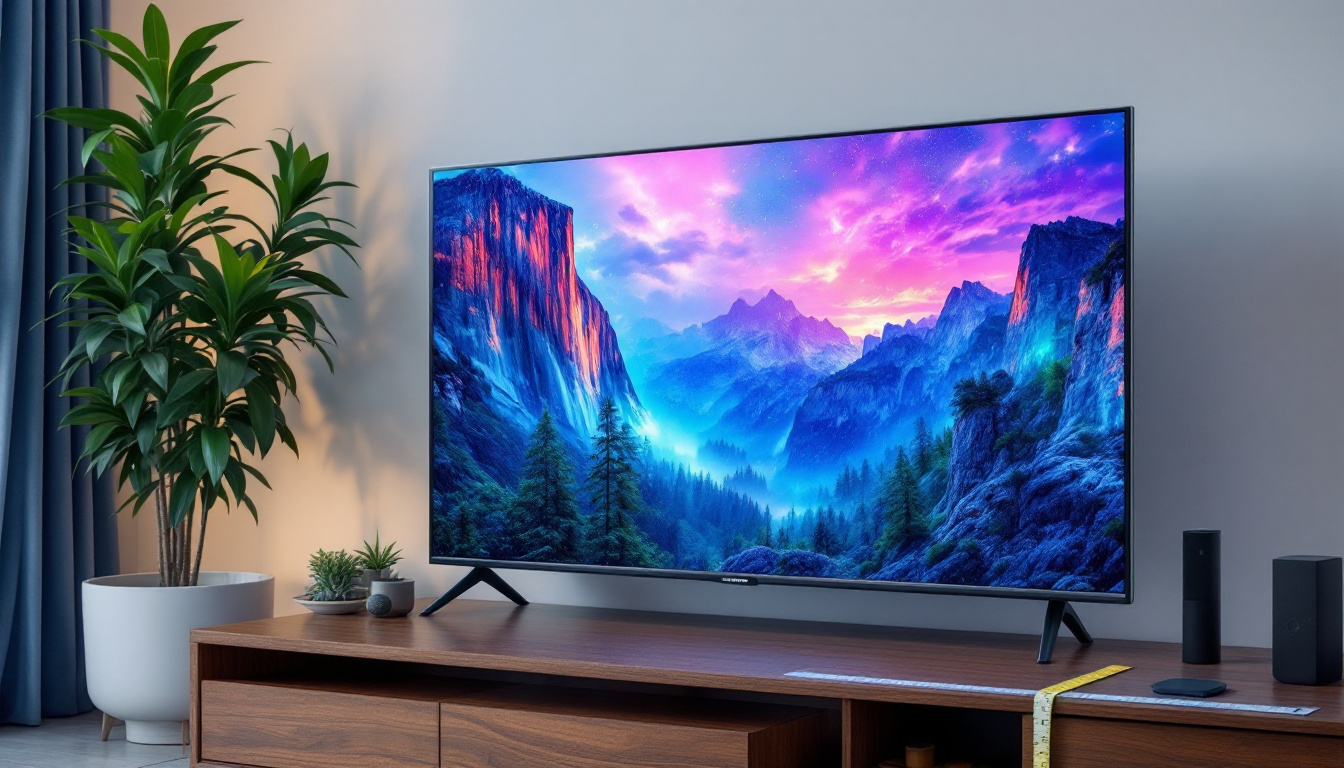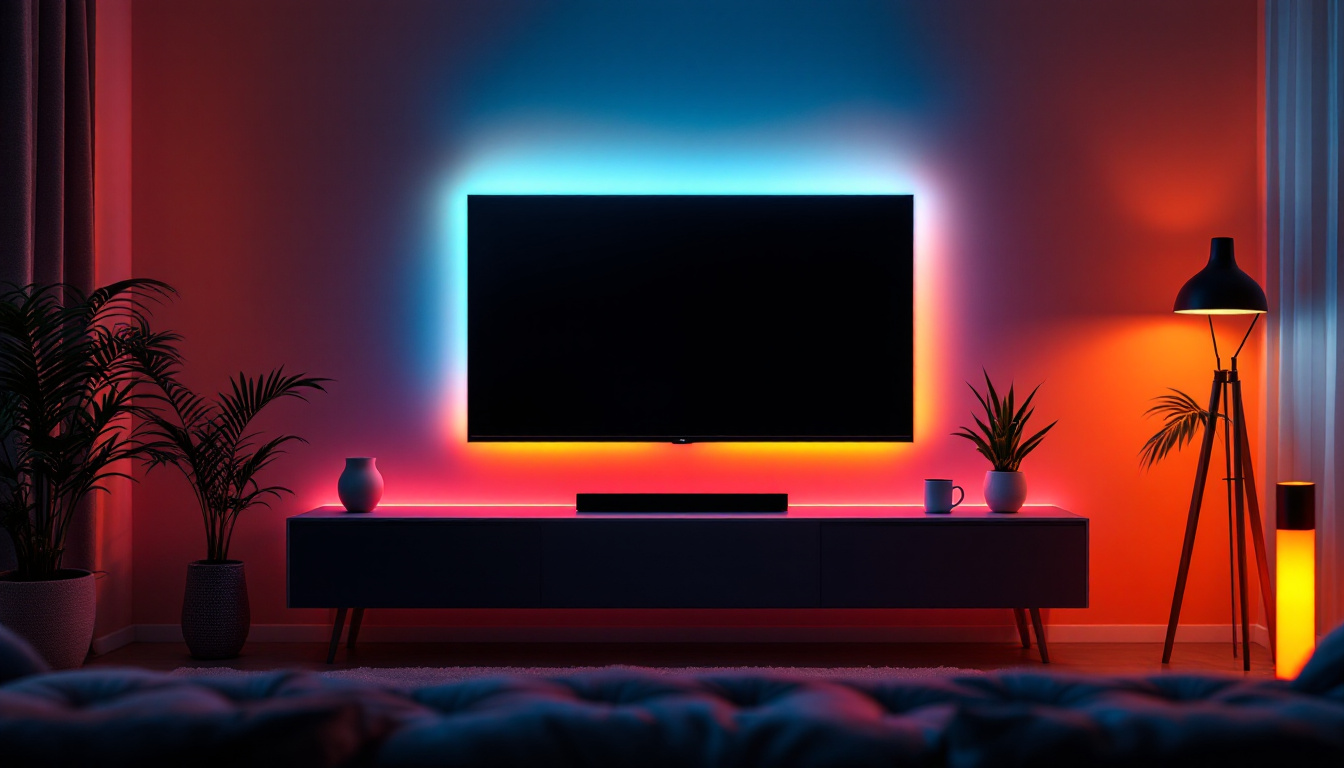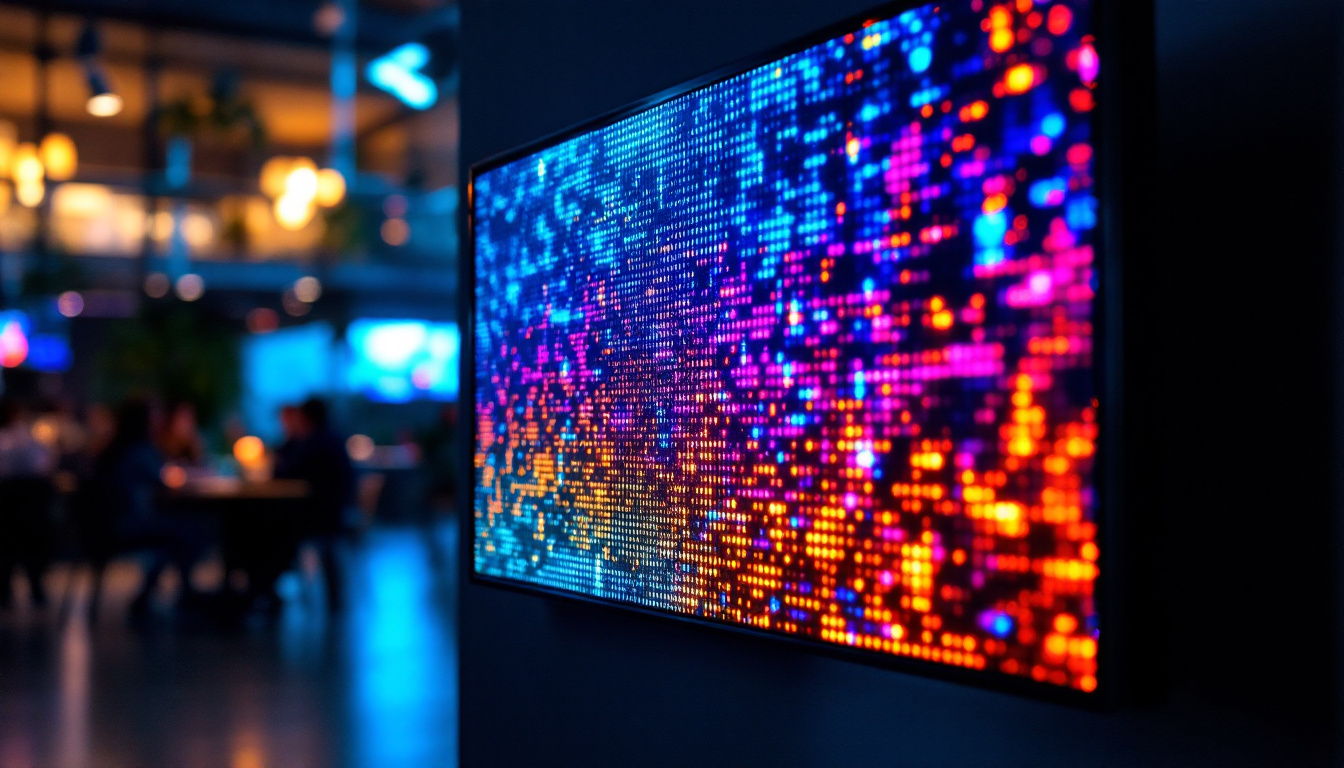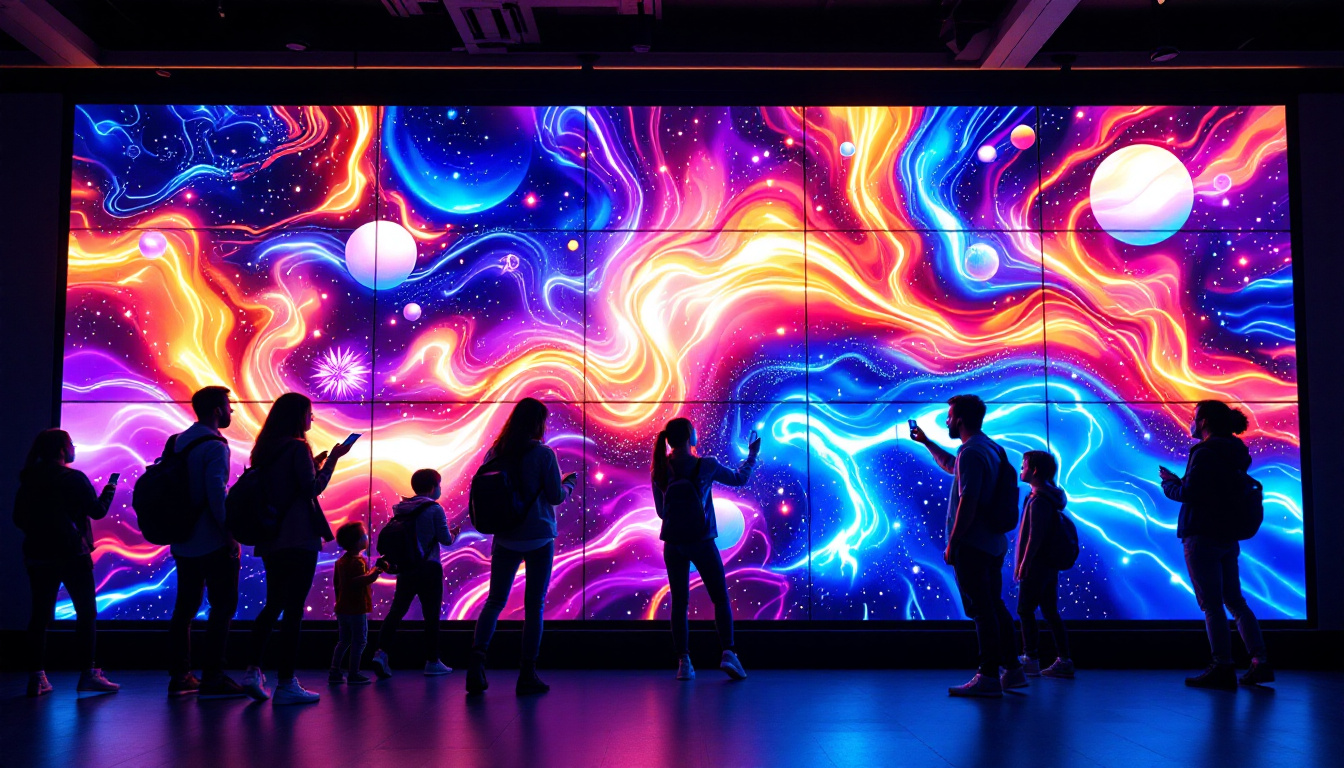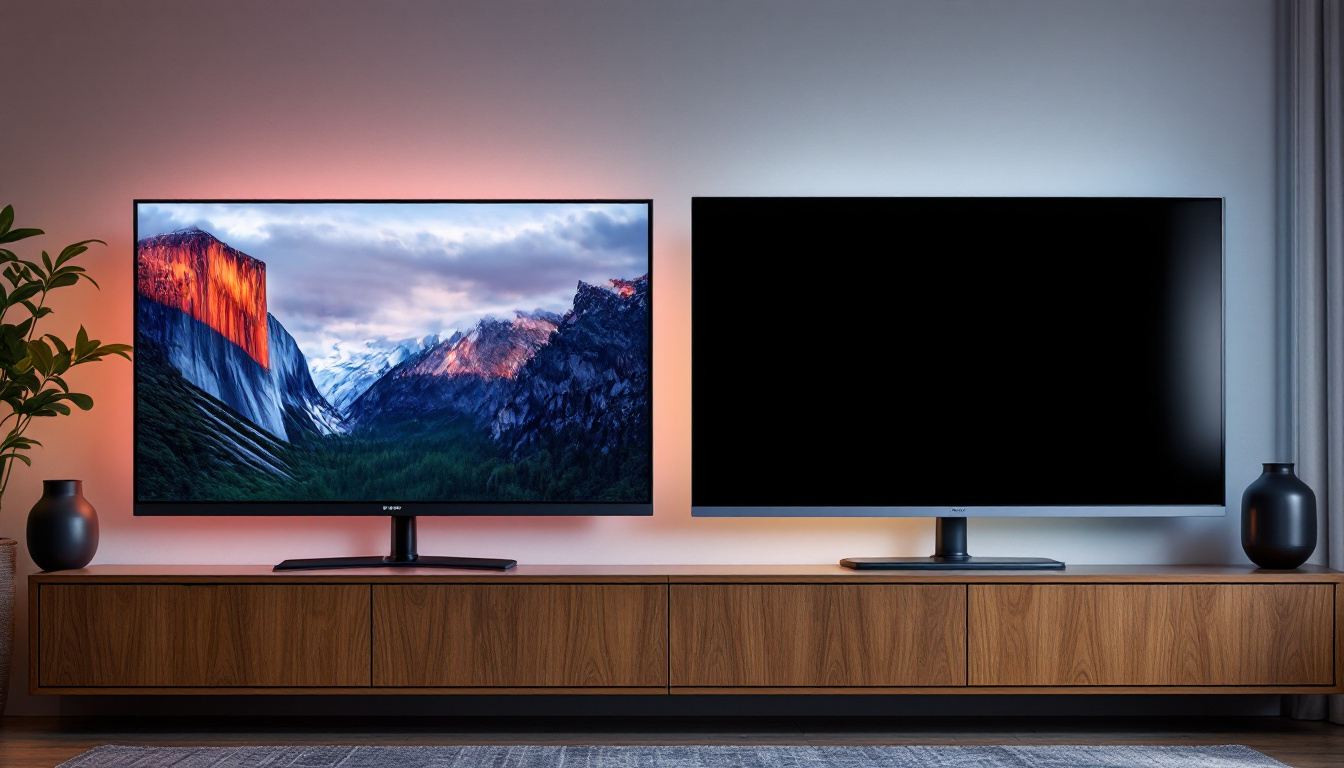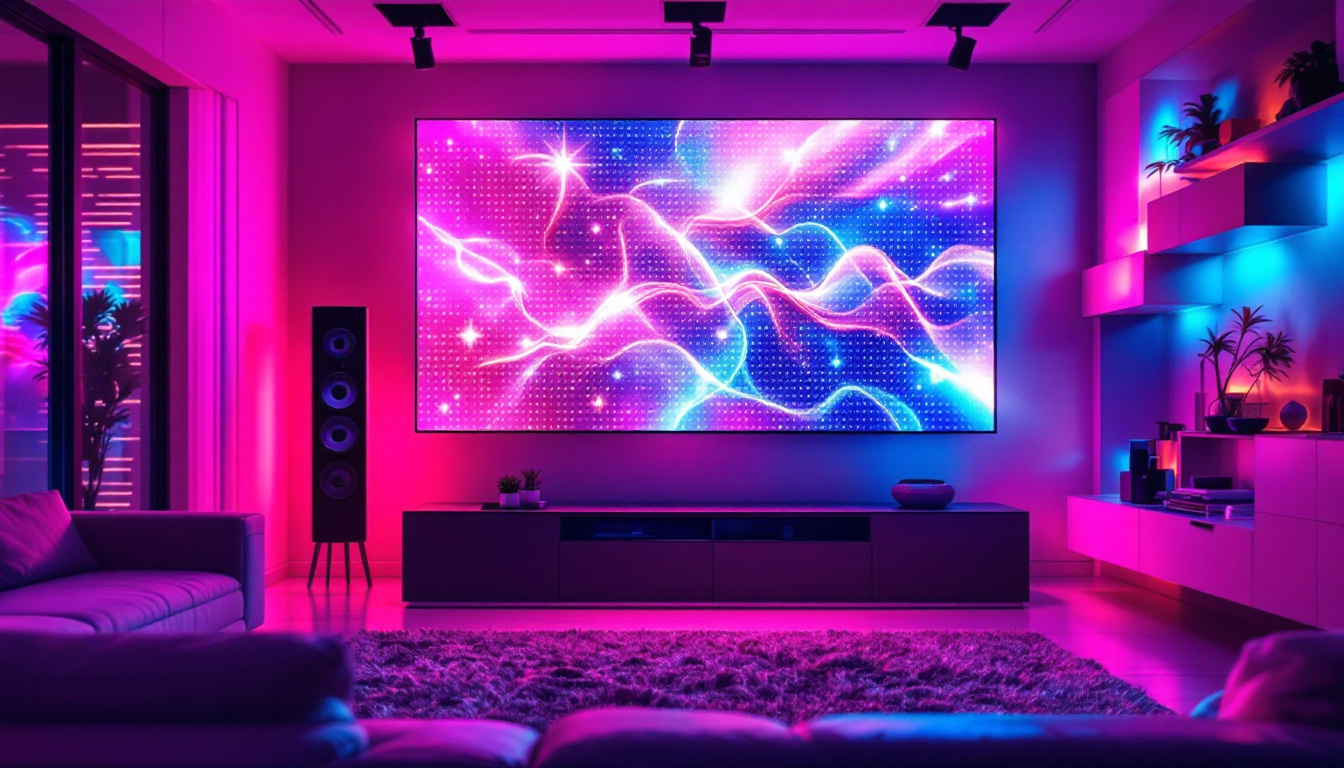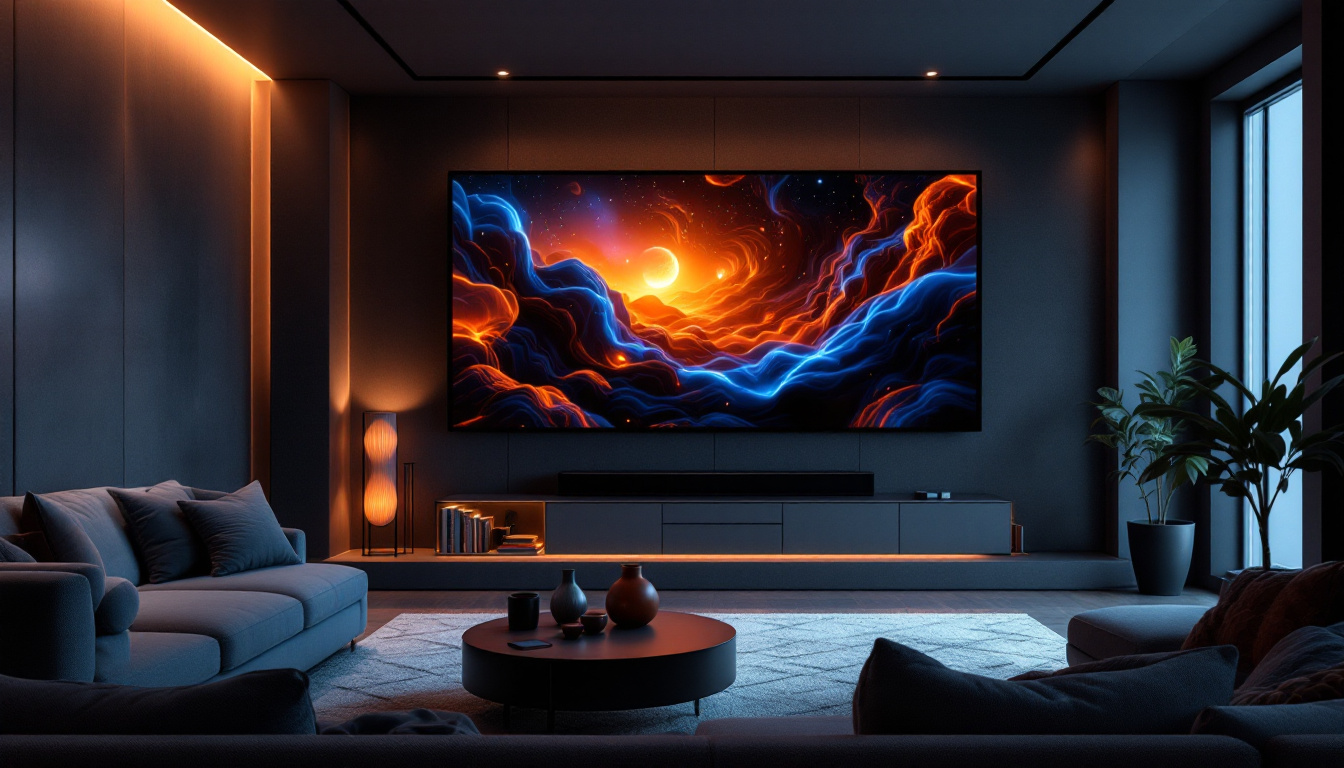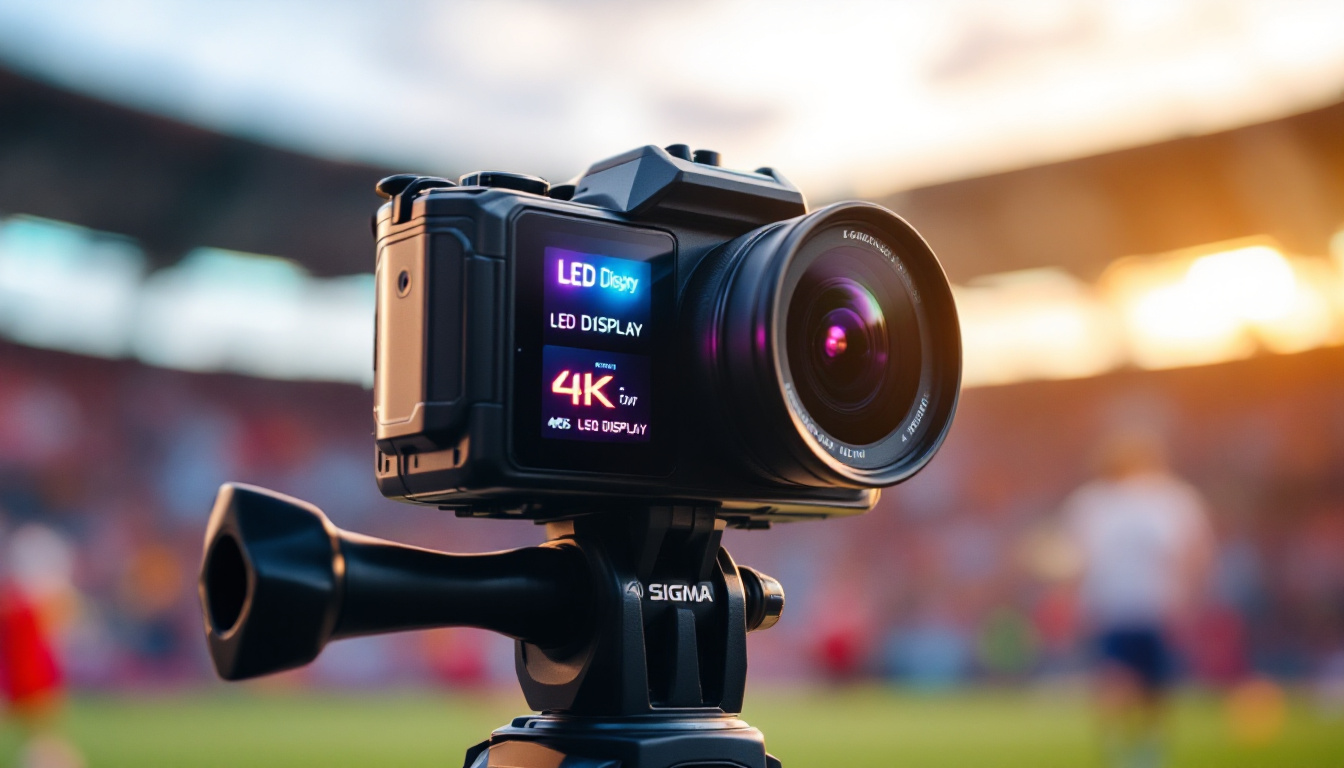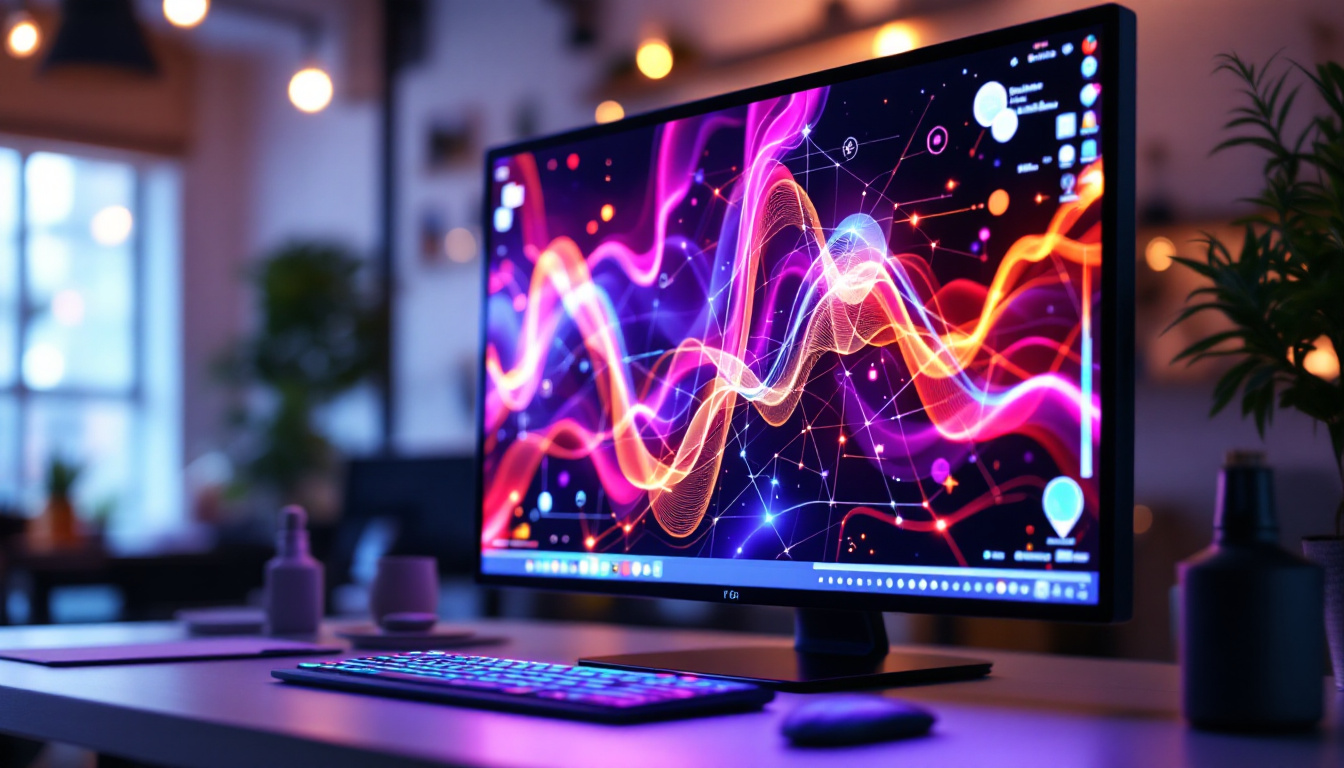In today’s fast-paced digital world, wall-mounted touch screens have become increasingly popular across various sectors, including education, healthcare, retail, and corporate environments. These devices not only enhance user interaction but also provide a sleek and modern aesthetic to any space. This article delves into the intricacies of wall-mounted touch screens, focusing specifically on LED display technology, its benefits, applications, and future trends.
Understanding LED Technology
LED, or Light Emitting Diode, technology has revolutionized the way displays are designed and utilized. Unlike traditional LCDs, LED displays offer brighter images, better color accuracy, and lower energy consumption. This section will explore the fundamental principles of LED technology and how it applies to wall-mounted touch screens.
How LED Displays Work
LED displays function by utilizing tiny diodes that emit light when an electric current passes through them. This technology can be categorized into two main types: direct-lit and edge-lit. Direct-lit displays have LEDs placed behind the screen, providing uniform brightness across the display. In contrast, edge-lit displays have LEDs positioned along the edges, using light guides to distribute brightness across the screen.
The choice between these two types often depends on the intended use of the display. Direct-lit displays are typically favored for larger screens due to their superior brightness and color consistency, while edge-lit displays are more commonly used in thinner, lightweight designs. Additionally, advancements in LED technology have led to the development of mini-LED and micro-LED displays, which offer even greater control over brightness and color, allowing for enhanced contrast ratios and deeper blacks. These innovations are paving the way for more immersive viewing experiences in both consumer electronics and professional applications.
Benefits of LED Technology
One of the most significant advantages of LED technology is its energy efficiency. LED displays consume significantly less power compared to traditional displays, making them an environmentally friendly choice. Additionally, they have a longer lifespan, often lasting up to 100,000 hours, which reduces the need for frequent replacements.
Moreover, LED displays offer superior brightness levels, making them ideal for environments with high ambient light. This feature is particularly beneficial for wall-mounted touch screens used in retail settings, where bright and vibrant displays can attract customers and enhance the shopping experience. Beyond retail, LED technology is also making strides in educational institutions, where interactive touch screens can facilitate engaging learning environments. The ability to display high-resolution images and videos in classrooms not only captivates students’ attention but also aids in better retention of information. Furthermore, the durability of LED screens makes them suitable for various applications, from outdoor advertising to corporate presentations, ensuring that they can withstand different conditions while delivering top-notch performance.
Applications of Wall Mounted Touch Screens
Wall-mounted touch screens equipped with LED displays are versatile tools that can be utilized in various settings. Their adaptability allows them to serve multiple functions, from interactive information kiosks to digital signage. Here are some of the most common applications of these innovative devices.
Corporate Environments
In corporate settings, wall-mounted touch screens are often used for presentations, meetings, and collaborative work. These devices can facilitate seamless communication by allowing users to share information in real-time. With features such as video conferencing capabilities and interactive whiteboards, touch screens enhance productivity and foster teamwork.
Additionally, they can serve as digital signage to display important announcements, company news, or upcoming events. This not only keeps employees informed but also creates a dynamic work environment.
Education Sector
In educational institutions, wall-mounted touch screens are transforming the way lessons are delivered. They provide an interactive platform for teachers and students to engage with educational content. With the ability to display multimedia presentations, videos, and interactive quizzes, these devices make learning more engaging and effective.
Furthermore, they can be utilized for administrative purposes, such as displaying schedules, school announcements, and event information, ensuring that both students and staff are well-informed.
Healthcare Facilities
In healthcare settings, wall-mounted touch screens play a crucial role in improving patient experience and operational efficiency. They can be used for wayfinding, allowing patients and visitors to navigate complex hospital layouts with ease. Additionally, these screens can display vital information, such as wait times and service availability, helping to manage patient expectations.
Moreover, touch screens can facilitate telemedicine consultations, allowing patients to connect with healthcare professionals remotely. This capability has become increasingly important in the wake of the COVID-19 pandemic, where remote healthcare services have gained prominence.
Key Features to Consider
When selecting a wall-mounted touch screen with LED display technology, several key features should be taken into account. Understanding these features can help ensure that the chosen device meets the specific needs of the intended application.
Screen Size and Resolution
The size and resolution of the screen are critical factors that influence the overall user experience. Larger screens with higher resolutions provide clearer and more detailed images, making them ideal for presentations and interactive applications. Common resolutions include Full HD (1920 x 1080) and 4K (3840 x 2160), with 4K displays offering exceptional clarity and detail.
Choosing the right screen size also depends on the viewing distance. For instance, in a corporate boardroom, a larger screen may be necessary for visibility from the back of the room, while smaller screens may suffice in more intimate settings.
Touch Technology
Touch technology is another essential feature to consider. Various types of touch technologies are available, including capacitive, resistive, and infrared. Capacitive touch screens are known for their responsiveness and multi-touch capabilities, making them suitable for interactive applications. On the other hand, resistive touch screens are more affordable and can be operated with a stylus or gloved hand, making them ideal for specific environments such as healthcare.
Infrared touch technology, which uses an array of sensors to detect touch, offers durability and accuracy, making it a popular choice for public kiosks and interactive displays.
Connectivity Options
Connectivity options are crucial for integrating wall-mounted touch screens into existing systems. Look for devices that offer multiple connectivity options, such as HDMI, USB, and Ethernet. Wireless connectivity, including Wi-Fi and Bluetooth, can also enhance flexibility, allowing users to connect devices without the need for cumbersome cables.
Furthermore, compatibility with various operating systems and software platforms is essential for ensuring seamless integration with existing technology. This can significantly enhance the overall functionality of the touch screen.
Installation and Maintenance
Proper installation and maintenance of wall-mounted touch screens are vital for ensuring optimal performance and longevity. Understanding the installation process and maintenance requirements can help organizations maximize their investment in these devices.
Installation Considerations
When installing a wall-mounted touch screen, several factors should be considered. The mounting height is crucial for ensuring accessibility and visibility for all users. Typically, the center of the screen should be at eye level for the intended audience.
Additionally, ensuring that the installation location has adequate power supply and connectivity options is essential. It is also advisable to consider the surrounding environment, as factors such as glare from windows or overhead lighting can impact visibility.
Regular Maintenance
Regular maintenance is essential for keeping wall-mounted touch screens in optimal working condition. This includes routine cleaning of the screen surface to remove dust and fingerprints, which can affect visibility and touch sensitivity. Using appropriate cleaning solutions and microfiber cloths is recommended to avoid damaging the screen.
Furthermore, periodic software updates are necessary to ensure that the device operates smoothly and securely. Keeping the firmware up to date can also enhance functionality and introduce new features.
Future Trends in Wall Mounted Touch Screens
The future of wall-mounted touch screens is promising, with several trends emerging that are likely to shape their development in the coming years. As technology continues to evolve, so too will the capabilities of these devices.
Enhanced Interactivity
As user expectations for interactivity continue to rise, future wall-mounted touch screens are expected to incorporate advanced features such as gesture recognition and voice control. These enhancements will provide users with more intuitive ways to interact with the display, making it easier to navigate content and access information.
Moreover, the integration of augmented reality (AR) and virtual reality (VR) technologies could further enhance the user experience, allowing for immersive interactions that were previously unimaginable.
Integration with IoT
The Internet of Things (IoT) is set to play a significant role in the evolution of wall-mounted touch screens. As more devices become interconnected, touch screens will serve as central hubs for controlling and monitoring various IoT-enabled devices within a space.
This integration will allow users to manage lighting, temperature, and security systems directly from the touch screen, creating a more streamlined and efficient environment. For instance, in smart homes or offices, a single touch screen could control multiple devices, enhancing convenience and energy efficiency.
Focus on Sustainability
With growing concerns about environmental sustainability, future wall-mounted touch screens are likely to prioritize eco-friendly materials and energy-efficient designs. Manufacturers may increasingly focus on developing displays that use recyclable materials and have lower carbon footprints.
Additionally, energy-efficient technologies will become more prevalent, further reducing the environmental impact of these devices. This shift towards sustainability will not only benefit the planet but also appeal to environmentally conscious consumers.
Conclusion
Wall-mounted touch screens with LED display technology are transforming the way users interact with information in various environments. Their versatility, energy efficiency, and engaging user experience make them a valuable addition to corporate, educational, and healthcare settings. By understanding the key features, applications, and future trends, organizations can make informed decisions about integrating these devices into their spaces.
As technology continues to advance, the potential for wall-mounted touch screens is limitless. Embracing these innovations can lead to enhanced communication, improved user experiences, and a more connected world.
Discover LumenMatrix’s Innovative LED Displays
Ready to elevate your space with the latest in LED display technology? LumenMatrix offers a comprehensive range of solutions tailored to meet your needs. From vibrant Indoor LED Wall Displays to dynamic Outdoor LED Wall Displays, and from sleek LED Poster Displays to immersive LED Sports and Floor Displays, our products are designed to captivate and engage. Experience the future of visual communication with our Custom, All-in-One, and Transparent LED Displays. Check out LumenMatrix LED Display Solutions today and transform your environment into a hub of digital innovation.

